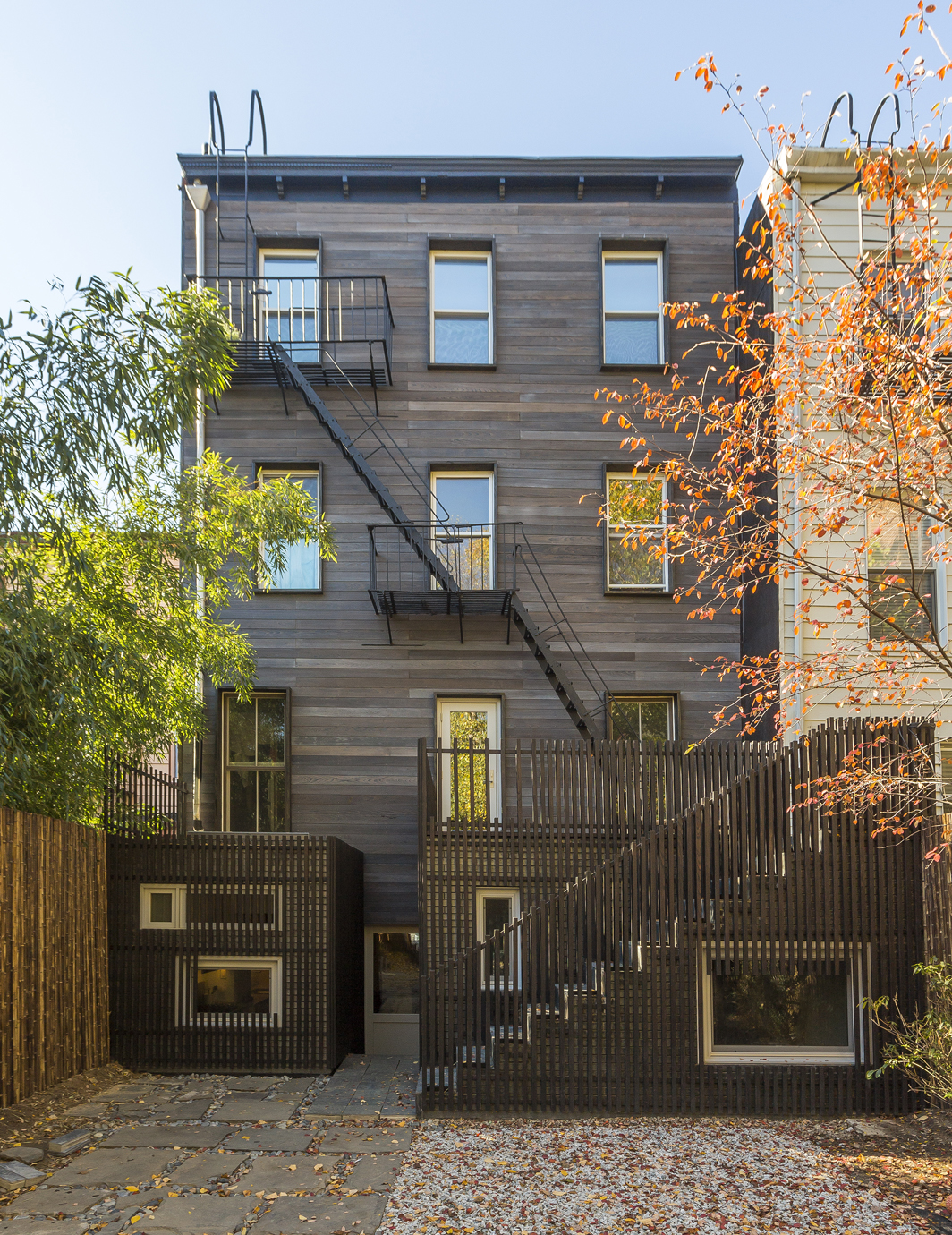
It’s the tension inherent in the relationship between Architensions principals Nick Roseboro and Alessandro Orsini that guides the firm to brilliance. “Our differing approaches to architecture don’t meld, and that’s why it works,” explains Roseboro, whose background as a musician and graphic designer and his dedication to equal representation in the built environment leads him to consider the emotional and social implications of design, while Orsini’s formal training in architecture produces research-based questions and impeccable drawings. Together, the two have formed a studio for which building and experimentation inform each other.
Based in both Brooklyn and Rome, Italy, Architensions is fascinated with the communal and the public realm, spheres that are directly tied to today’s conversations about equity. Since Roseboro and Orsini’s partnership began in 2013, they have published research on how architectural changes can provide equal opportunities, at home and at play. In projects like their recently completed House on House in Babylon, New York, a bedroom extension is an exercise in “hacking suburbia,” says Orsini, reinventing privacy and the floor plan of a home to subvert traditional family roles. In the city, the architects collaborate with several other small firms in the cooperative Design Advocates to provide pro bono architectural services to New Yorkers in need. For Van Alen Institute’s Neighborhoods Now, Architensions designed several outdoor-dining parklets for restaurant owners in the Bronx this past summer.
“The most important thing for architects is that they show process and research and that, in their work, they do something for humanity,” says Roseboro, who likens the professional relationship between himself and Orsini to that of an editor and writer. His critique of his partner’s research allows new discoveries and considerations. Currently occupying their minds are subjects of domesticity and the future of public space. As he sums up: “We want to make sure we continue to tackle issues of today.”
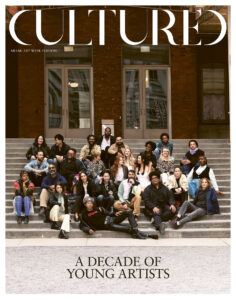
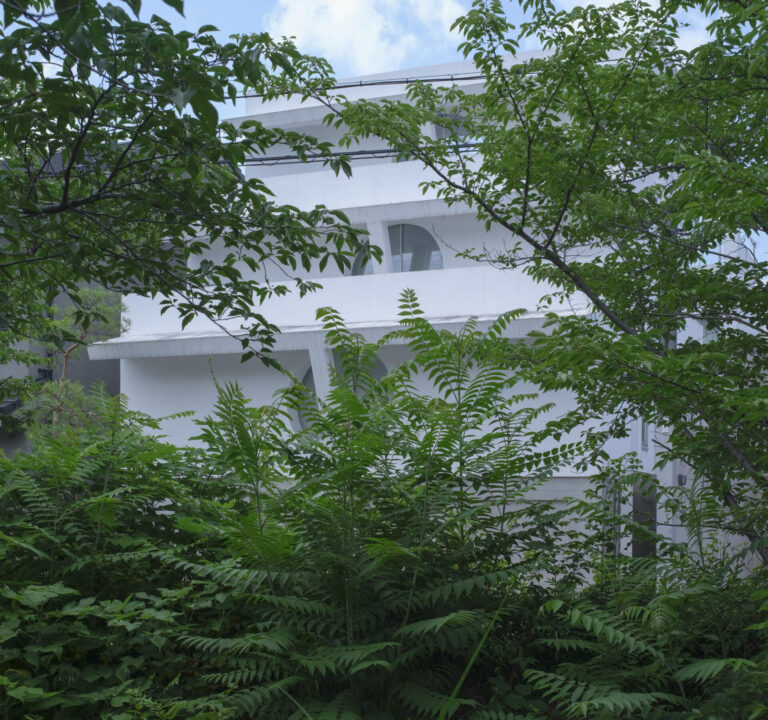
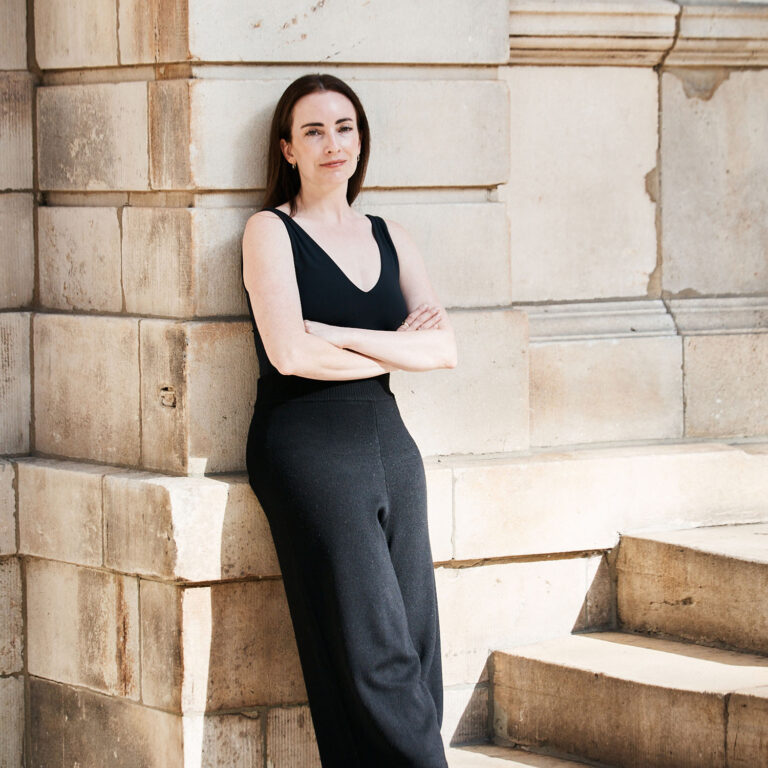
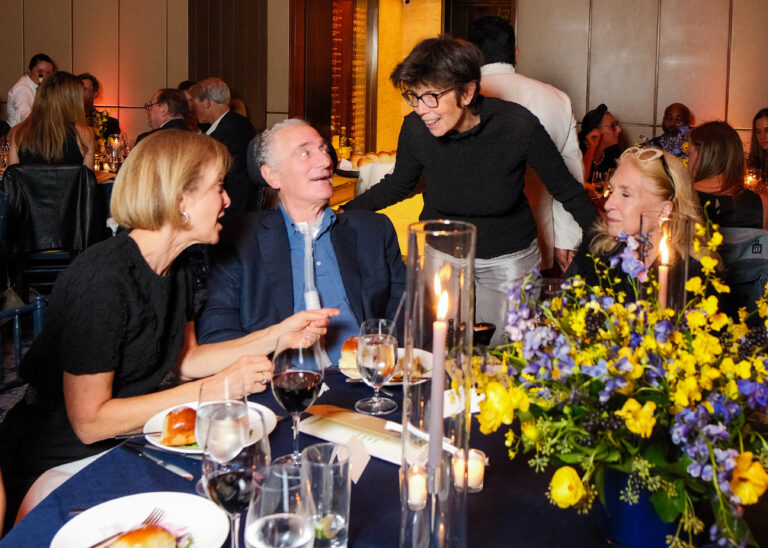
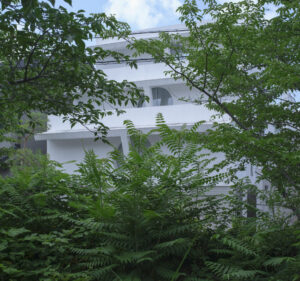

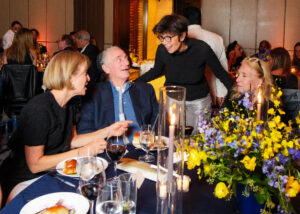

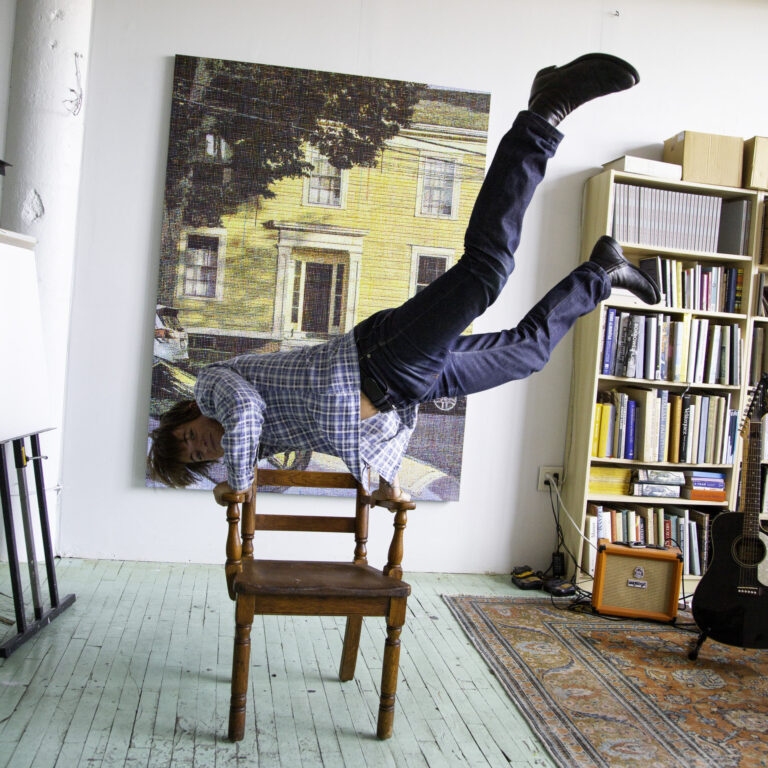

 in your life?
in your life?

